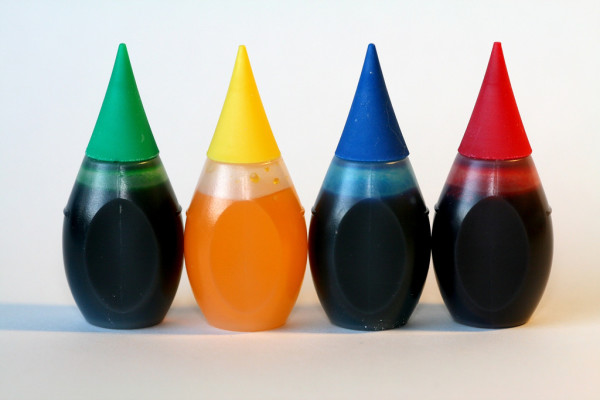As healthy eating becomes more and more popular, many people are shifting their attention to the ingredients in our foods. You may have heard suggestions to avoid potentially harmful substances like the partially hydrogenated oils that make up trans fats, or as a more general rule, to not consume anything with ingredients you don’t recognize or can’t pronounce—including food coloring. Particularly in the last several decades or so, the pervasive use of artificial food dyes has led researchers to wonder if these common coloring substances might be adversely affecting our health.
Artificial food dyes are found in everything from processed foods and beverages to candies and condiments. The most common reasons for food dye use include adding or enhancing food coloration, preventing environmentally driven color loss, and maintaining food color consistency. In the United States, the Food and Drug Administration (FDA) tightly regulates artificial coloring to ensure consumer safety. These additives are typically labeled as FD&C Color No. X, such as FD&C Blue No. 1, on American nutrition labels.
Image source: AzmanL
In the past, artificial food coloring has been blamed for a variety of health conditions ranging from cancer to attention deficit hyperactivity disorder (ADHD), especially in children. According to Foodsafety.gov, food dyes that have been found to contain cancer-causing elements or any other toxic substances are not used in FDA-certified products. As for ADHD, no studies have conclusively found artificial dyes to be a direct cause of the condition; however, these additives may increase behavioral problems in children who are already hyperactive, and thus, should be avoided if possible. One notable caveat to the general safety of food coloring involves allergies—the FDA has found that rare allergic reactions to certain synthetic food dyes, like FD&C Yellow No. 5, can occur in about 1 in 10,000 people.
Although synthetic additives like food dyes tend to raise some eyebrows in a world plagued by various health conditions, these substances are so tightly regulated that the risk of harm is very minimal. Except in the rare case of an allergic reaction, extensive research suggests that artificial food coloring should not be a cause for concern.
Feature Image Source: food colouring by mizzcreation










